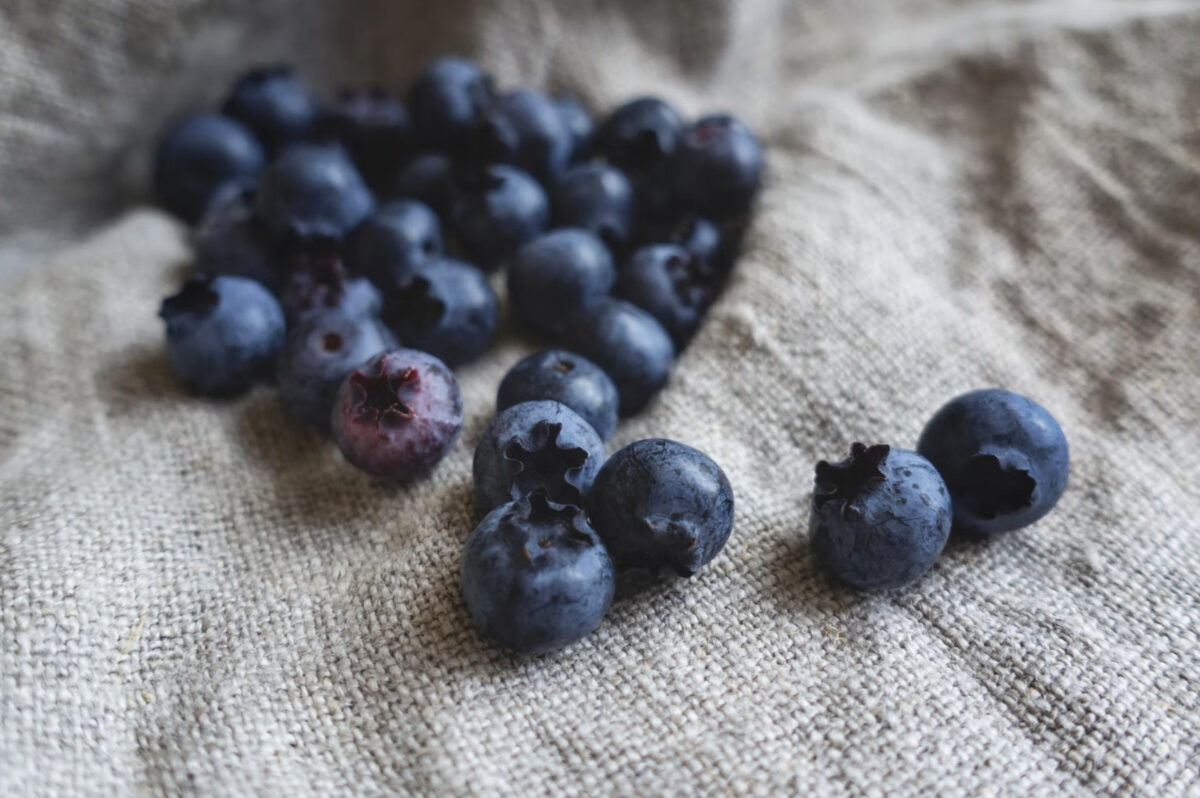Dr. Tamara Kung, ND
The definition of aging is a progressive change that leads to increased debility, disease, and death. Wow! That sounds depressing. Don’t despair, there are things you can do to make it a much more pleasant picture.
As we age, there is a reduction in our cells capability to read the right genes at the right time. Genes are locked in our DNA and are highly specific instruction sets that govern everything that happens in our body. The loss of specific steps, or the inability to read instructions properly, leads to cells messing up their functional roles and tissues and organs falling apart.
The question is what causes the loss in information?
This is where chronic inflammation comes into play. I often describe this process as the Marvel character the Hulk racing around in our body, smashing up cells, and tripping over DNA. This causes damage and a loss of stored information.
But the Hulk is, for the most part, his harmless alter ego, Bruce Banner, a nerdy scientist who doesn’t cause harm. He stays calm until he gets triggered, and this is analogous to oxygen in our body. We need oxygen to live, it’s a functional part of our metabolism. But it can get amplified and become a superoxide, free radical. Another way to think of it is wildfires burning within us. The more inflammation, the bigger the fire.
What are the major triggers of our internal Hulk?
- Refined sugar / processed foods. Essentially the Standard American Diet (SAD)
- Alcohol/ Drugs
- Sleep deprivation
- Stress
Strategies to reduce inflammation:
- Reducing inflammatory triggers (refined sugars, processed foods, alcohol, toxic substances).
- Protect your body with high levels of antioxidants found in colourful fruits and vegetables.
- Intermittent fasting – recent studies are confirming that it’s not just what we eat that’s important, but when we eat as well. Fasting (different from starvation), has been shown to activate genes for longevity and is a whole other lever we can pull to increase our lifespan and health span. A future article will delve more deeply into this topic.
- Increasing the number of healthy bacteria – aka the Microbiome we discussed in our previous article here.
These strategies help protect your cells from damage. Less Hulk, less damage. Avoiding processed foods and added sugars, getting on top of our sleep are powerful ways to reduce the triggers. Loading up on antioxidant rich foods give you an added buffer of protection as these calm down any signs that could trigger the Hulk, or they will get him to change back into Bruce sooner rather than later.
How would you react if someone told you that you could live into your 100’s remaining healthy and mentally sharp? This may sound like science fiction, but scientists like leading aging expert David Sinclair, a professor in genetics at Harvard Medical School, says this is more fact than fiction. In his book, Lifespan: Why We Age, and Why We Don’t Have To, he spells out why we should reframe the way we think of ourselves across time, sharing evidence to the theme that aging as we know it doesn’t have to be so. His quote “A painful descent into old age isn’t something you have to accept” resonates so well.
In short, inflammation is an accelerator of aging. The more we inflame ourselves, the quicker we break down. If we incorporate small practices that protect us from inflammation, we can keep ourselves running better…and for longer.
References
Sinclair, D. (2019). Lifespan: The revolutionary science of why we age – and why we don’t have to. Atria Books.
Chung, H. Y., Kim, D. H., Lee, E. K., Chung, K. W., Chung, S., Lee, B., Seo, A. Y., Chung, J. H., Jung, Y. S., Im, E., Lee, J., Kim, N. D., Choi, Y. J., Im, D. S., & Yu, B. P. (2019). Redefining Chronic Inflammation in Aging and Age-Related Diseases: Proposal of the Senoinflammation Concept. Aging and disease, 10(2), 367–382. https://doi.org/10.14336/AD.


